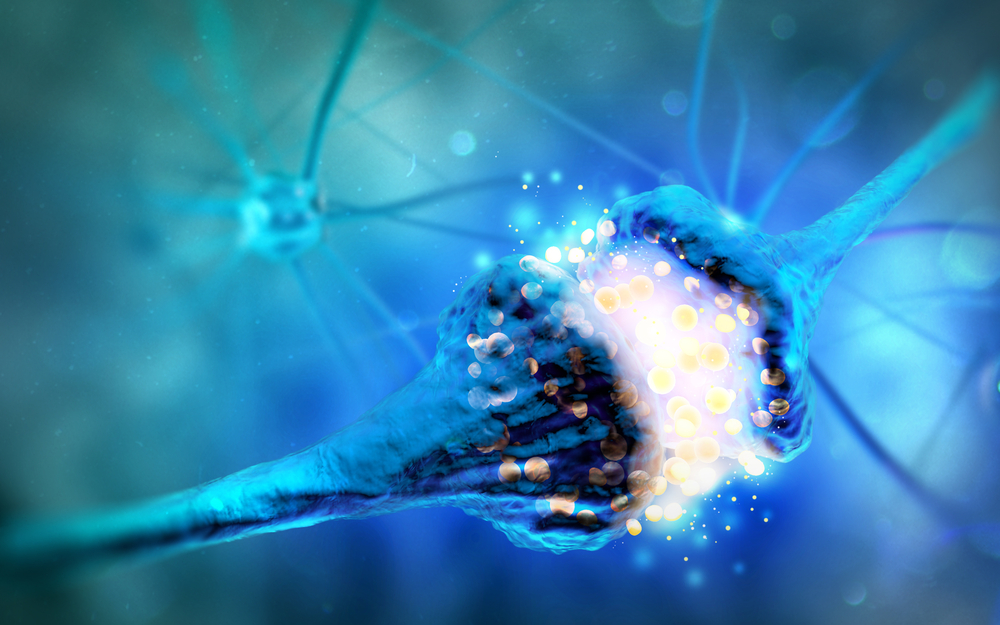Newly Discovered Mechanisms Controlling Memory, Learning Could Lead to Therapies
Written by |

Scientists have discovered part of the mechanisms underlying synaptic plasticity — the process that allows nerve cell connections called synapses to become stronger or weaker over time — that are responsible for controlling how the brain stores information in the form of memories.
According to the team, these findings may help develop new treatments for patients with certain neurodegenerative disorders, such as fragile X syndrome and other autism-spectrum disorders, who have difficulties processing or storing new information.
“By understanding [these] mechanisms … and how they impact the nervous system, we will be able to develop new and better-adapted therapeutic approaches,” Roberto Araya, PhD, professor at the Université de Montréal, and senior author of the study, said in a news story.
The findings were reported in the study, “A spike-timing-dependent plasticity rule for dendritic spines,” published in the journal Nature Communications.
Changes in the structure and organization of dendritic spines — tiny membrane protrusions on a cell with an essential role in nerve cell communication — are thought to be part of the mechanisms controlling synaptic plasticity.
Every time a dendritic spine receives input from another cell in the network, it has to “decide” whether or not to amplify and transmit this information to other cells, or to tone it down.
When an input is amplified, it becomes persistent in the network and is passed on between cells. In turn, inputs no longer amplified become increasingly weaker, until they eventually go unnoticed. This “volume adjustment” of synaptic inputs is one of the central principles thought to control synaptic plasticity.
“This is the fundamental law of time-dependent plasticity, or Spike-timing-dependent plasticity (STDP), which adjusts the strength of connections between neurons in the brain and is believed to contribute to learning and memory,” said Sabrina Tazerart, PhD, a researcher at the Université de Montréal, and first author of the study.
However, until now, scientists still did not know how dendritic spines “decided” which inputs to amplify and which to tone down.
In an attempt to better understand this process, the team led by Araya used advanced techniques coupled with high-resolution microscopy to study STDP in pyramidal neurons taken from young mice.
Using these techniques, they found that nerve cells perceive and store information differently, depending on the number and physical proximity of the inputs they receive.
According to the team, a higher number of inputs in closer proximity mean more important information for nerve cells, leading to amplification to other cells in the network.
“Our data suggest that the functional specificity and structural arrangement of synaptic inputs, distributed or forming micro-clusters in the dendrites of pyramidal neurons, are fundamental for guiding the rules for sensory perception, affecting the STDP learning rule, learning and memory, and ultimately cognition,” the scientists wrote.
These findings are important because they shed new light into the mechanisms governing storage of information, Araya said. But they also are meaningful because they may help design more effective therapies to treat people with neurological disorders such as fragile X syndrome that cause memory and learning impairments.
“We are very excited because this is the first time that the rules of synaptic plasticity, a process directly related to memory formation in the brain, have been discovered in a way that allows us to better understand plasticity and ultimately how memories are formed,” he said.
“Until now, no one knew how synaptic inputs (incoming information) were arranged,” Araya added. “Our goal was to extract ‘laws of synaptic connectivity’ responsible for building memories in the brain.”





